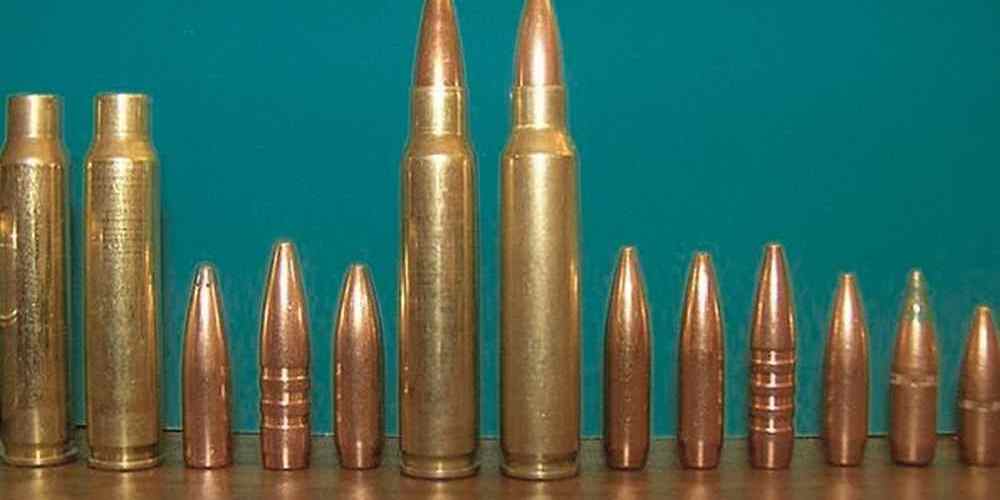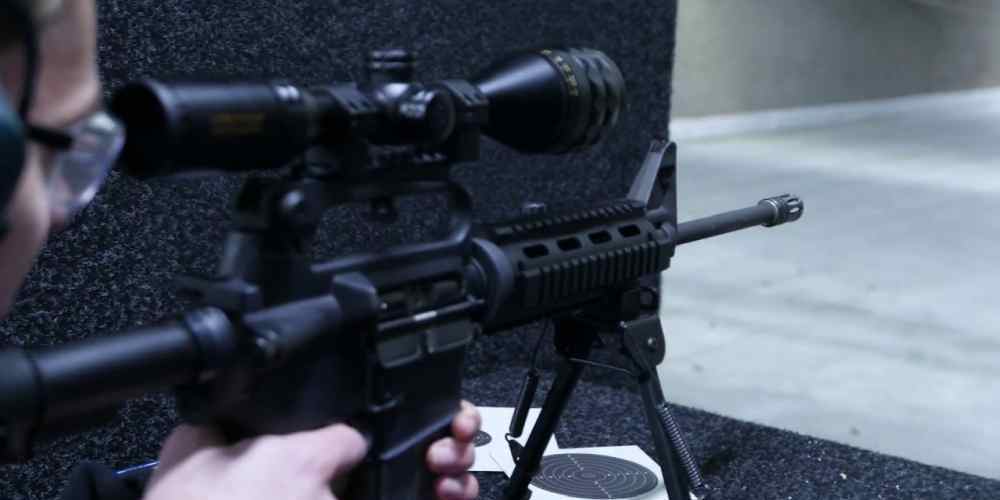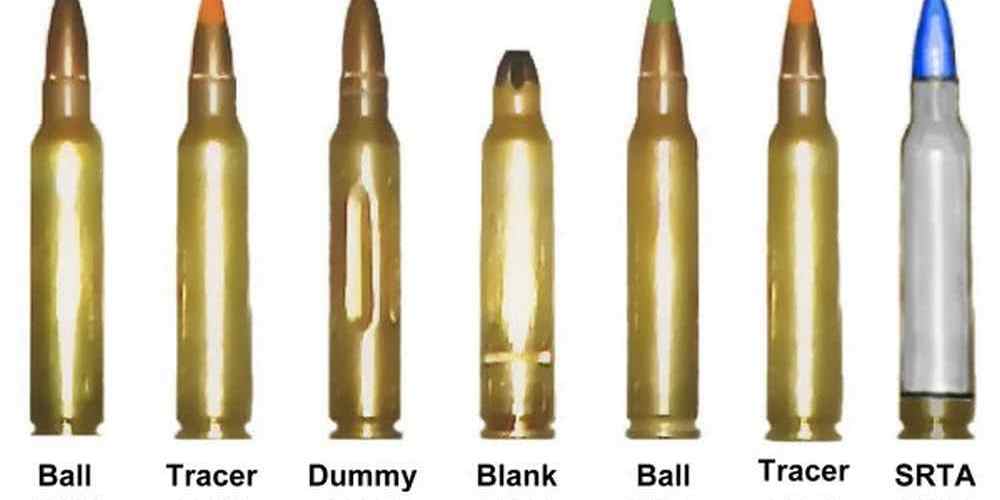“Ensure precision with every shot – test your AR15 ammo for consistency and reliability.”
Importance of Consistency in AR15 Ammo Testing
Consistency and reliability are crucial factors when it comes to testing AR15 ammo. Whether you are a seasoned shooter or a beginner, understanding how to test your ammunition for consistency can greatly improve your shooting experience. In this article, we will discuss the importance of consistency in AR15 ammo testing and provide some tips on how to ensure that your ammunition is reliable.
Consistency in ammunition testing is essential for several reasons. First and foremost, consistent ammo ensures that your shots will be accurate and reliable. When you are shooting at a target, you want to be confident that each shot will hit its mark. Inconsistent ammo can lead to erratic shot placement, which can be frustrating and potentially dangerous.
Additionally, consistent ammo is important for maintaining the performance of your firearm. Different types of ammunition can have varying levels of pressure and velocity, which can affect the wear and tear on your gun. By testing your ammo for consistency, you can ensure that you are using ammunition that is safe for your firearm and will not cause unnecessary damage.
One of the best ways to test AR15 ammo for consistency is to use a chronograph. A chronograph is a device that measures the velocity of a bullet as it leaves the barrel of a gun. By using a chronograph, you can determine the consistency of your ammunition by comparing the velocity of each shot. Consistent ammo will have minimal variation in velocity, while inconsistent ammo will have significant fluctuations.
When testing your ammo with a chronograph, it is important to take multiple shots and calculate the average velocity. This will give you a more accurate representation of the consistency of your ammunition. Additionally, you should test your ammo in different environmental conditions, such as temperature and humidity, to ensure that it performs consistently in various situations.
Another important factor to consider when testing AR15 ammo for consistency is the weight of the bullet. Different bullets can have varying weights, which can affect the velocity and trajectory of the shot. By weighing each bullet before testing, you can ensure that you are using ammunition that is consistent in weight, which will help improve the accuracy of your shots.
In addition to using a chronograph and weighing your bullets, it is also important to visually inspect your ammunition for any defects or irregularities. Look for signs of damage, such as dents or scratches, as these can affect the performance of the bullet. Additionally, check the overall quality of the ammunition, including the casing and primer, to ensure that it is in good condition.
By testing your AR15 ammo for consistency and reliability, you can improve your shooting experience and ensure that your firearm performs at its best. Consistent ammo will help you achieve accurate and reliable shots, while also maintaining the performance of your gun. So, take the time to test your ammunition and make sure that you are using the best possible ammo for your AR15.

Methods for Testing AR15 Ammo Reliability
When it comes to shooting your AR15, consistency and reliability are key factors in achieving accuracy and precision. One way to ensure that your ammunition is up to par is by testing it for consistency and reliability. In this article, we will discuss some methods for testing AR15 ammo to make sure it meets your standards.
One of the most common ways to test AR15 ammo is by conducting a chronograph test. A chronograph is a device that measures the velocity of a bullet as it leaves the barrel of a gun. By measuring the velocity of each shot, you can determine if there is any variation in the speed of the bullets. Consistent velocity is important for accuracy, as bullets that travel at different speeds can result in inconsistent shot placement.
To conduct a chronograph test, set up your chronograph a few feet in front of your shooting position. Fire a series of shots through the chronograph and record the velocity of each shot. Look for any significant variations in velocity between shots. If you notice a large discrepancy in velocity, it may be a sign that your ammunition is not consistent and reliable.
Another method for testing AR15 ammo is by conducting a group test. A group test involves firing a series of shots at a target and measuring the distance between the center of each shot. The smaller the group size, the more consistent and reliable your ammunition is. A tight group indicates that your bullets are consistently hitting the same spot, which is essential for accuracy.
To conduct a group test, set up a target at a predetermined distance and fire a series of shots at the target. Measure the distance between the center of each shot and calculate the average group size. If your group size is consistently small, your ammunition is likely consistent and reliable. If your group size is large, it may be a sign that your ammunition is not performing as well as it should.
In addition to chronograph and group tests, you can also conduct a function test to ensure the reliability of your AR15 ammo. A function test involves firing a series of shots through your AR15 to see if it functions properly. Look for any malfunctions or failures to feed, fire, or eject. If your AR15 functions flawlessly with your ammunition, it is likely consistent and reliable.
To conduct a function test, load a magazine with your ammunition and fire a series of shots through your AR15. Pay close attention to how your AR15 functions with each shot. Look for any issues such as failure to feed, fire, or eject. If your AR15 functions without any problems, your ammunition is likely consistent and reliable.
In conclusion, testing AR15 ammo for consistency and reliability is essential for achieving accuracy and precision. By conducting chronograph, group, and function tests, you can ensure that your ammunition meets your standards. Consistent velocity, tight group sizes, and flawless function are all indicators of reliable ammunition. So next time you hit the range, be sure to test your AR15 ammo to make sure it is up to par.
Factors to Consider in AR15 Ammo Testing
When it comes to shooting an AR15, consistency and reliability are key factors in achieving accuracy and performance. One way to ensure that your AR15 is performing at its best is by testing the ammo you use for consistency and reliability. In this article, we will discuss the factors to consider when testing AR15 ammo and provide some tips on how to do it effectively.
One of the first things to consider when testing AR15 ammo is the type of ammunition you are using. Different types of ammo can have varying levels of consistency and reliability, so it is important to choose a high-quality brand that is known for producing reliable ammunition. It is also important to consider the weight and caliber of the ammo, as these factors can affect the performance of your AR15.
Once you have selected the type of ammo you will be testing, the next step is to set up a testing environment. It is important to have a safe and controlled environment for testing ammo, as safety should always be a top priority when handling firearms. Make sure you have a suitable backstop and a clear shooting lane before you begin testing.
When testing AR15 ammo for consistency and reliability, it is important to pay attention to several key factors. One of the most important factors to consider is the accuracy of the ammo. To test accuracy, you can set up targets at various distances and shoot multiple rounds to see how consistently the ammo performs. Pay attention to factors such as group size and shot placement to determine the accuracy of the ammo.
Another important factor to consider when testing AR15 ammo is reliability. Reliability refers to how consistently the ammo functions in your AR15. To test reliability, you can shoot multiple rounds in rapid succession to see if the ammo feeds, fires, and ejects properly. Pay attention to any malfunctions or failures that occur during testing, as these can indicate potential issues with the ammo.
In addition to accuracy and reliability, it is also important to consider the consistency of the ammo when testing AR15 ammunition. Consistency refers to how uniform the performance of the ammo is from shot to shot. To test consistency, you can shoot multiple rounds and measure factors such as velocity and bullet weight to see how consistent the performance of the ammo is.
When testing AR15 ammo for consistency and reliability, it is important to keep detailed records of your testing results. This will allow you to track the performance of different types of ammo over time and make informed decisions about which ammo is best for your AR15. It is also important to follow the manufacturer’s recommendations for storing and handling the ammo to ensure that it remains in optimal condition.
In conclusion, testing AR15 ammo for consistency and reliability is an important step in ensuring that your AR15 performs at its best. By considering factors such as accuracy, reliability, and consistency, and following proper testing procedures, you can determine which ammo is best suited for your AR15. Remember to always prioritize safety when testing ammo and keep detailed records of your testing results for future reference.
Tips for Ensuring Accuracy in AR15 Ammo Testing
When it comes to shooting sports, accuracy and reliability are key factors in determining the performance of your AR15 rifle. One way to ensure that your rifle is performing at its best is by testing the ammunition for consistency and reliability. In this article, we will discuss some tips on how to test AR15 ammo to achieve the best results.
The first step in testing AR15 ammo is to gather the necessary equipment. You will need a chronograph to measure the velocity of the bullets, a target to shoot at, and a rifle rest to stabilize your rifle during testing. It is also helpful to have a notebook to record your results for future reference.
Once you have gathered your equipment, it is time to start testing the ammo. Begin by setting up your chronograph and target at a safe shooting distance. Load your rifle with the first batch of ammo and fire a few rounds at the target. Take note of the velocity readings on the chronograph and the grouping of the shots on the target.
After you have fired a few rounds, it is important to analyze the results. Look for consistency in the velocity readings and the grouping of the shots on the target. If you notice any inconsistencies, such as large variations in velocity or wide shot groupings, it may indicate that the ammo is not performing as expected.
To further test the reliability of the ammo, you can conduct a reliability test. This involves firing multiple rounds of the same type of ammo through your rifle to see if it functions properly without any malfunctions. Pay attention to any failures to feed, extract, or eject the rounds, as these can indicate reliability issues with the ammo.
In addition to testing the consistency and reliability of the ammo, it is also important to consider the quality of the components used in the ammunition. High-quality components, such as brass casings and precision bullets, can contribute to better performance and accuracy. It is worth investing in premium ammo to achieve the best results.
Another factor to consider when testing AR15 ammo is the environmental conditions in which you are shooting. Factors such as temperature, humidity, and altitude can all affect the performance of the ammo. It is important to test the ammo in various conditions to ensure that it performs consistently in different environments.
In conclusion, testing AR15 ammo for consistency and reliability is essential for achieving the best performance from your rifle. By following these tips and conducting thorough testing, you can ensure that your ammo is performing at its best. Remember to use high-quality components, analyze the results carefully, and consider environmental factors when testing your ammo. With practice and attention to detail, you can improve the accuracy and reliability of your AR15 rifle.
Common Mistakes to Avoid in AR15 Ammo Testing
When it comes to testing AR15 ammo for consistency and reliability, there are a few common mistakes that shooters often make. These mistakes can lead to inaccurate results and potentially dangerous situations. In this article, we will discuss some of the most common mistakes to avoid when testing AR15 ammo, and provide tips on how to ensure that your testing is accurate and reliable.
One of the most common mistakes that shooters make when testing AR15 ammo is failing to use a consistent shooting platform. It is important to use the same rifle, scope, and shooting position for each test shot in order to ensure that the results are accurate and reliable. Using different rifles or scopes can lead to inconsistencies in the data, making it difficult to draw meaningful conclusions about the ammo’s performance.
Another common mistake is failing to properly clean and maintain your rifle before testing ammo. Dirty or poorly maintained rifles can lead to inconsistent results, as fouling or other debris can affect the accuracy and reliability of the test shots. Before testing ammo, be sure to clean your rifle thoroughly and ensure that it is in good working condition.
In addition, failing to use a consistent shooting technique can also lead to inaccurate results when testing AR15 ammo. It is important to use the same shooting technique for each test shot, including consistent trigger pull, breathing, and follow-through. Inconsistent shooting techniques can introduce variables that can affect the accuracy and reliability of the test results.
Another common mistake is failing to properly measure and record the results of each test shot. It is important to use a reliable method of measuring group size, such as a caliper or ruler, and to record the results accurately. Failing to measure and record the results properly can lead to inaccurate data and make it difficult to compare the performance of different types of ammo.
Finally, failing to test a sufficient number of rounds can also lead to inaccurate results when testing AR15 ammo. It is important to test multiple rounds of each type of ammo in order to ensure that the results are consistent and reliable. Testing only a few rounds may not provide a true representation of the ammo’s performance, as individual rounds can vary in performance due to manufacturing inconsistencies.
In conclusion, testing AR15 ammo for consistency and reliability requires attention to detail and a commitment to accuracy. By avoiding common mistakes such as using inconsistent shooting platforms, failing to clean and maintain your rifle, using inconsistent shooting techniques, failing to measure and record results accurately, and testing an insufficient number of rounds, you can ensure that your testing is accurate and reliable. By following these tips, you can make informed decisions about which type of ammo is best suited to your needs and preferences.





